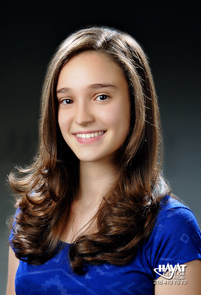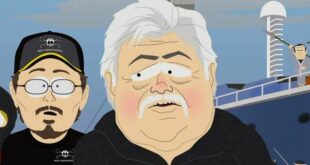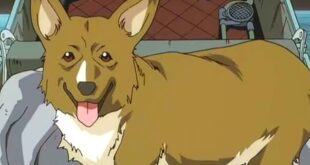Science in Action Winner for 2013: Elif Bilgin
Mariette DiChristina
Scientific American
June 27, 2013

“Genius,” Thomas Edison famously said, “is 1 percent inspiration and 99 percent perspiration.” He would have found a kindred spirit in Elif Bilgin, 16, of Istanbul, Turkey, winner of the 2013 $50,000 Science in Action award, part of the third annual Google Science Fair. The award honors a project that can make a practical difference by addressing an environmental, health or resources challenge; it should be innovative, easy to put into action and reproducible in other communities.
Bilgin spent two years toiling away on her project to develop a bioplastic from discarded banana peels, enduring 10 failed trials of plastics that weren’t strong enough or that decayed rapidly. She was undaunted. As she put it in her project description: “Even Thomas Edison said, ‘I have not failed. I have just found 10,000 ways that won’t work.’” Finally, in her last two trials, she made plastics with the features she sought, and it did not decay. We admire her persistence, which will be help her to take advantage of another aspect of her Science in Action prize—a year’s worth of mentoring to help further her work. I like to think, too, that Edison, who used to stop by the Scientific American offices in New York City to demonstrate his latest inventions, would have approved.
The ingredients to make Bilgin’s plastic are relatively benign. As she wrote in her entry materials, “it is possible to say that one could do it at home.” In her research, she learned that starch and cellulose are used elsewhere in the bioplastic industry (such as from the skin of mangoes) and made the leap that banana peels might be suitable feedstock sources as well. She hopes that the use of the bioplastic could replace some of the petroleum-based plastics in use today for such applications as insulation for electric cables and for cosmetic prostheses. The health application is perhaps no surprise to those who know Bilgin; she hopes to attend medical school one day (“science is my calling,” she wrote in her entry).
Bilgin is also a finalist in the overall Google Science Fair for the 15-16-year-old category, and will fly, with the other 14 contenders, to the company’s Mountain View, Calif., campus for the awards event in September. Another Science in Action finalist, Ann Makosinski, 16, from Canada, is also a Google Science Fair finalist in the 15-to-16-year-old age category. For her project, Makosinski created a flashlight that runs solely on the heat of the human hand. The schools of the Google Science Fair finalists will receive digital subscriptions to Scientific American as part of their prize.
Congratulations to all the Science in Action finalists, whose collective body of work was so inspiring to us judges. You are all winners to us, and we enjoyed learning from you! Readers can learn about all the Science in Action finalists on our Science in Action Award page.
My colleague, Rachel Scheer, interviewed Bilgin. Here are a few more details from their chat; below that is the video of the live Google Hangout On Air.
 Daily Stormer The Most Censored Publication in History
Daily Stormer The Most Censored Publication in History


